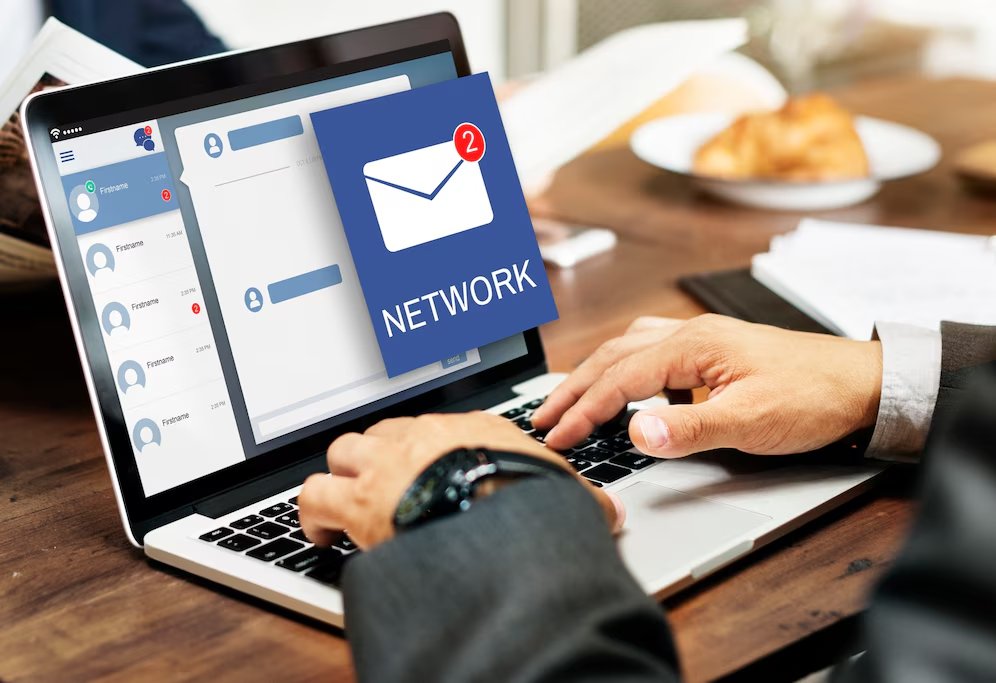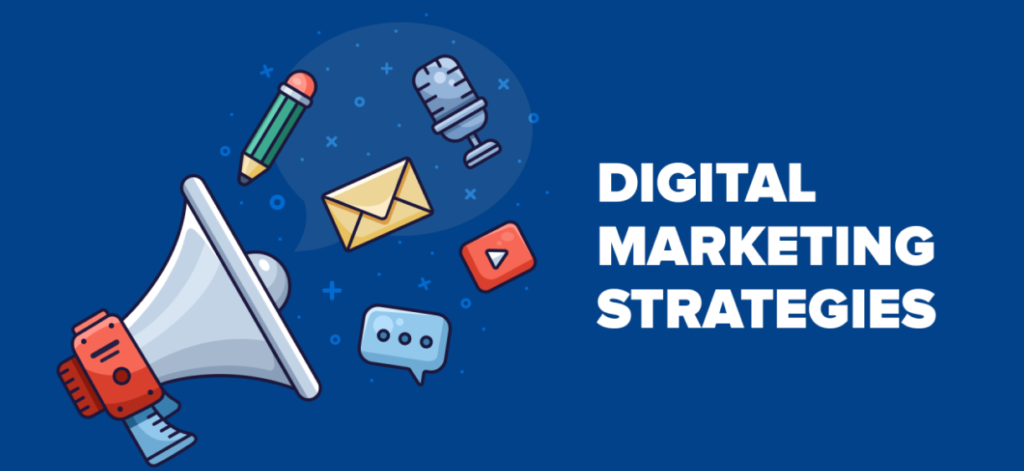Introduction
Email marketing remains one of the most effective digital marketing channels. Despite the rise of social media, search engine optimization, and paid advertising, email continues to deliver unmatched ROI (return on investment). Whether you are a beginner marketer or an entrepreneur looking to expand your digital presence, understanding email marketing is crucial.
This guide will take you through the fundamentals of email marketing, from setting up your email list to crafting engaging campaigns that convert. Let’s dive in!
Chapter 1: What is Email Marketing?
Email marketing is the practice of sending commercial messages to a group of people via email. It includes newsletters, promotional campaigns, transactional emails, and automated sequences designed to engage customers and drive sales.
Benefits of Email Marketing:
- High ROI – Studies show that email marketing delivers an average ROI of $42 for every $1 spent.
- Direct and Personalized Communication – You can segment your audience and tailor messages accordingly.
- Automation and Scalability – With email marketing tools, you can automate campaigns and reach thousands of customers effortlessly.
- Stronger Customer Relationships – Regular email engagement keeps your brand on top of your audience’s minds.
Chapter 2: Setting Up Your Email Marketing Strategy
Before sending your first email, you need a well-defined strategy to ensure success.
1. Define Your Goals
Ask yourself:
- Are you looking to increase sales?
- Do you want to build brand awareness?
- Are you nurturing leads for long-term conversions?
2. Choose an Email Marketing Platform
Several platforms can help automate and optimize email campaigns, including:
- Mailchimp
- ConvertKit
- AWeber
- ActiveCampaign
- HubSpot
3. Build Your Email List
Your email list is the foundation of your email marketing efforts. Some ways to build it include:
- Lead Magnets – Offer free ebooks, discounts, or exclusive content in exchange for email sign-ups.
- Sign-up Forms – Add subscription forms to your website, blog, or landing pages.
- Social Media Promotions – Run giveaways or lead generation ads on social media platforms.
4. Understand Email Marketing Regulations
To avoid penalties and ensure ethical marketing, follow:
- CAN-SPAM Act (U.S.) – Requires a clear opt-out option and sender identification.
- GDPR (General Data Protection Regulation) – For European audiences, ensure data protection compliance.
Chapter 3: Crafting High-Performing Email Campaigns
Writing effective emails is an art. Here’s how to create campaigns that engage and convert.
1. Write Attention-Grabbing Subject Lines
Your subject line determines whether your email gets opened. Best practices include:
- Keep it short and clear (40-50 characters max).
- Use power words and urgency.
- Personalize it with the recipient’s name.
2. Optimize Your Email Content
- Use a Conversational Tone – Avoid sounding robotic or overly promotional.
- Keep It Concise – Respect your reader’s time.
- Include a Clear Call-to-Action (CTA) – Guide the reader toward the next step.
3. Design for Mobile-Friendliness
Over 50% of emails are opened on mobile devices. Ensure:
- Responsive design
- Easy-to-read fonts
- Clickable buttons and links
4. Personalization and Segmentation
Personalized emails deliver 6x higher transaction rates than generic ones. Segment your audience based on:
- Demographics (age, location, interests)
- Purchase history
- Email engagement levels
Chapter 4: Automating Your Email Campaigns
Automation saves time and improves efficiency. Common automated sequences include:
1. Welcome Emails
When a user subscribes, send an engaging welcome email introducing your brand.
2. Drip Campaigns
These are a series of emails sent over time to nurture leads.
3. Abandoned Cart Emails
Remind customers to complete their purchase if they leave items in their cart.
4. Re-engagement Emails
Target inactive subscribers with exclusive offers to bring them back.
Chapter 5: Measuring and Optimizing Your Email Campaigns
Tracking your performance is key to improving results. Key metrics include:
1. Open Rate
Percentage of recipients who opened your email. Aim for 15-25% on average.
2. Click-Through Rate (CTR)
Measures how many people clicked on a link inside the email. Average CTR is 2-5%.
3. Conversion Rate
The number of recipients who took the desired action (purchase, sign-up, etc.).
4. Unsubscribe Rate
Should remain below 0.5%—a higher rate signals irrelevant content.
5. A/B Testing
Test different subject lines, layouts, and CTA placements to find what works best.
Chapter 6: Best Practices for Email Marketing Success
- Keep Your List Clean – Remove inactive subscribers to maintain engagement.
- Send at the Right Time – Tuesdays and Thursdays, between 9-11 AM or 6-8 PM, tend to perform best.
- Don’t Spam – Over-emailing leads to unsubscriptions.
- Use an Authentic Sender Name – Avoid generic “noreply” emails.
- Add Value First – Provide useful content before pushing sales.
Conclusion
Email marketing is a powerful tool for engaging your audience and driving conversions. With the right strategy, compelling content, and automation, you can build strong relationships with your subscribers and maximize your business growth.
Ready to launch your first email campaign? Start today and watch your marketing efforts flourish!


